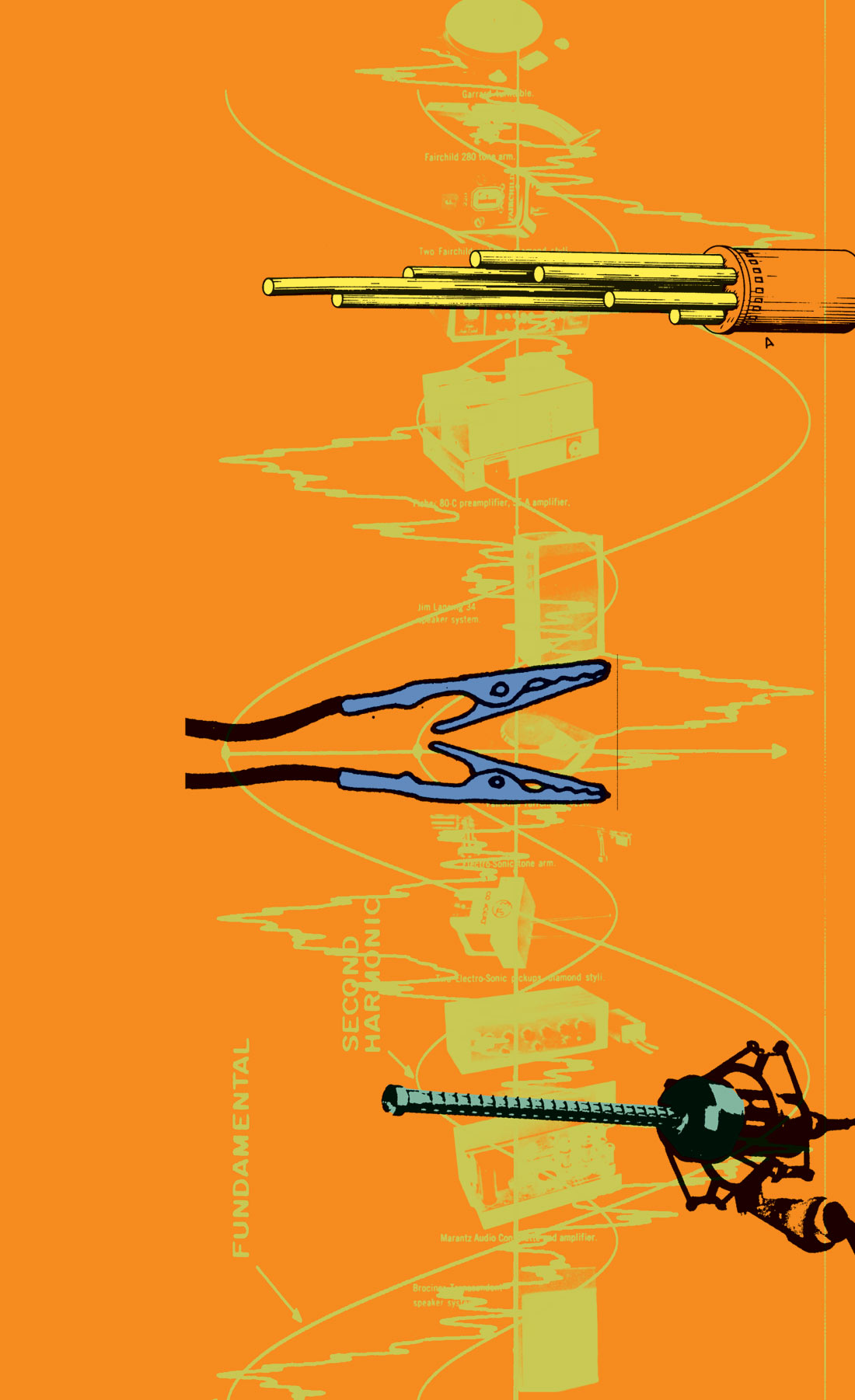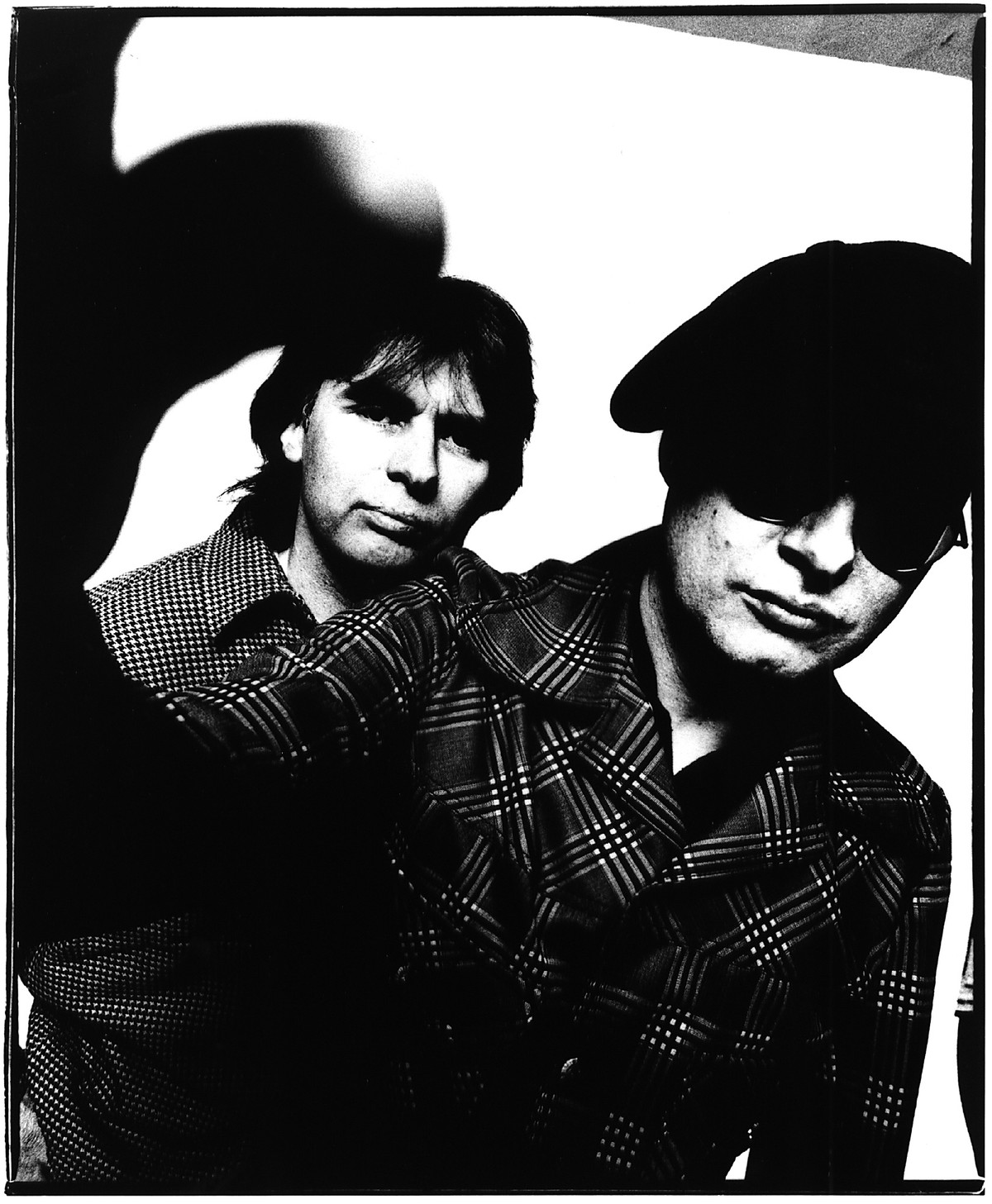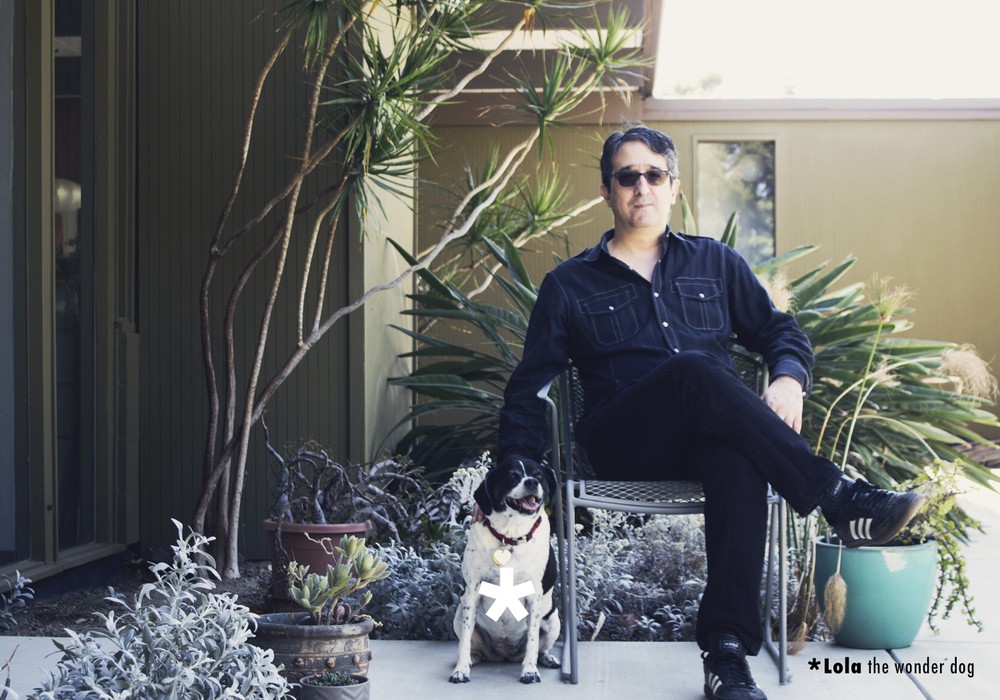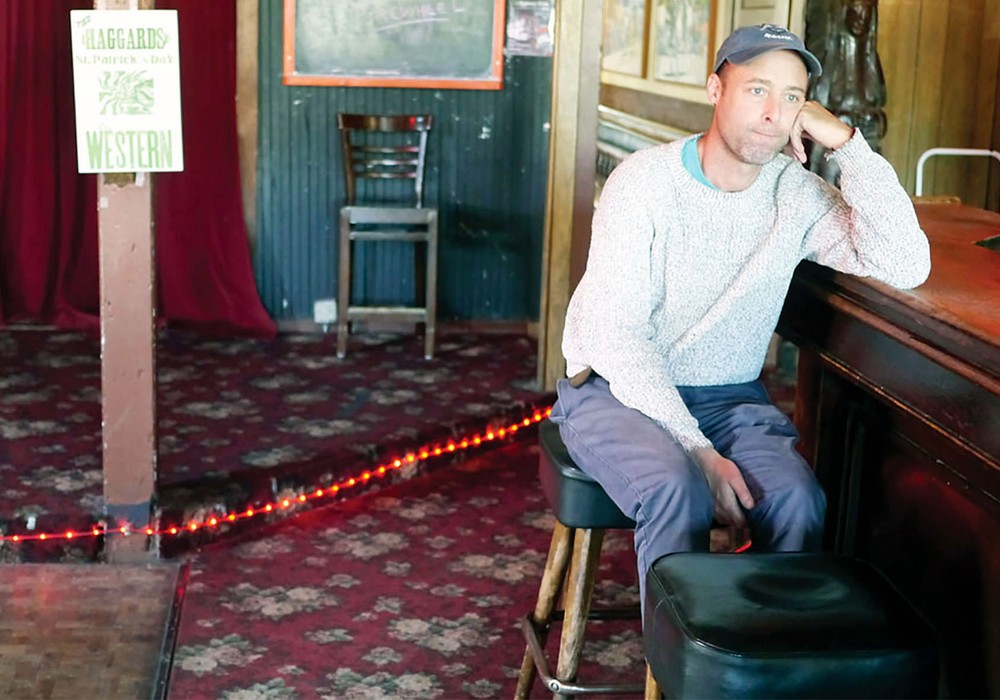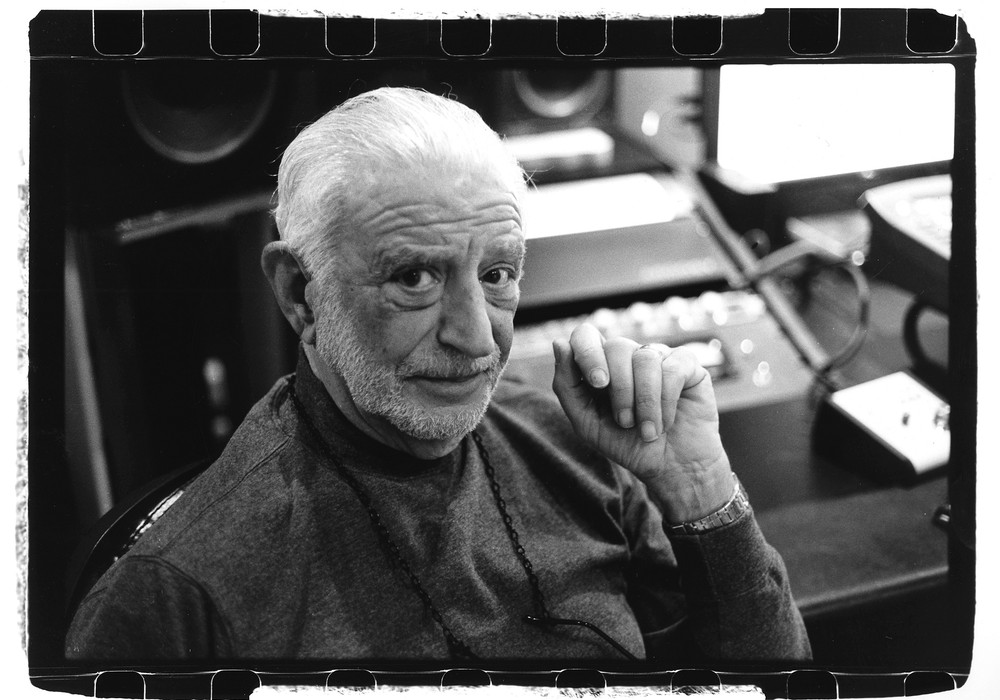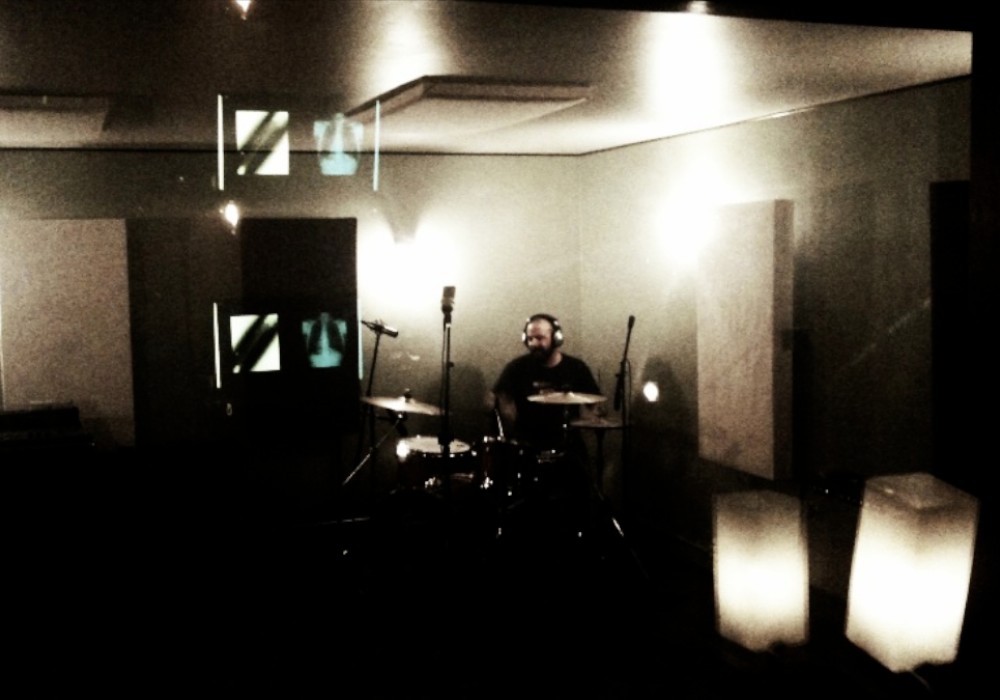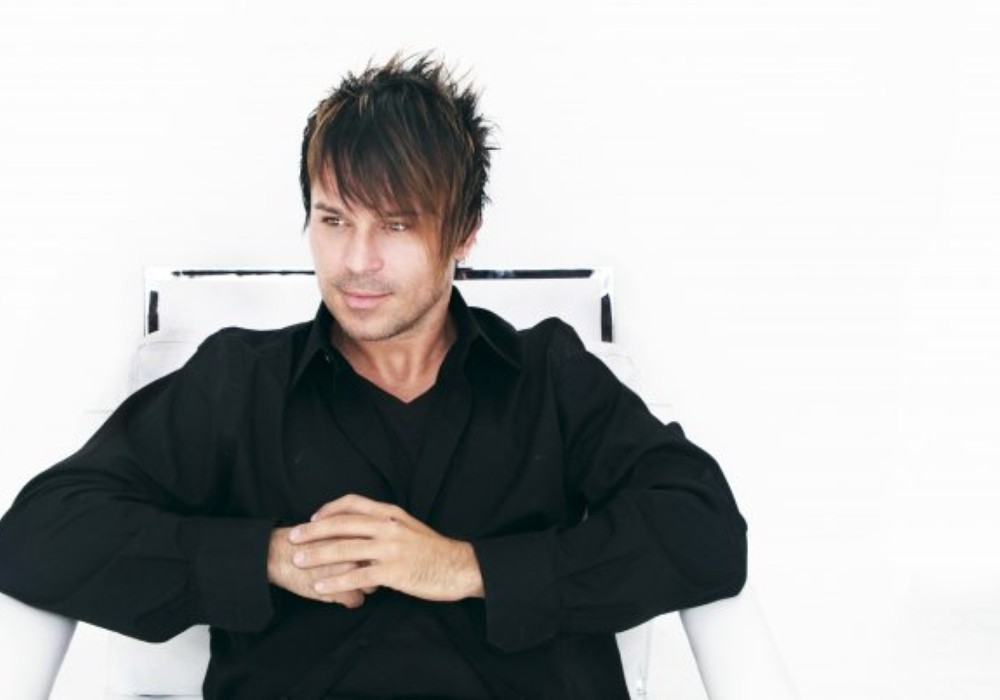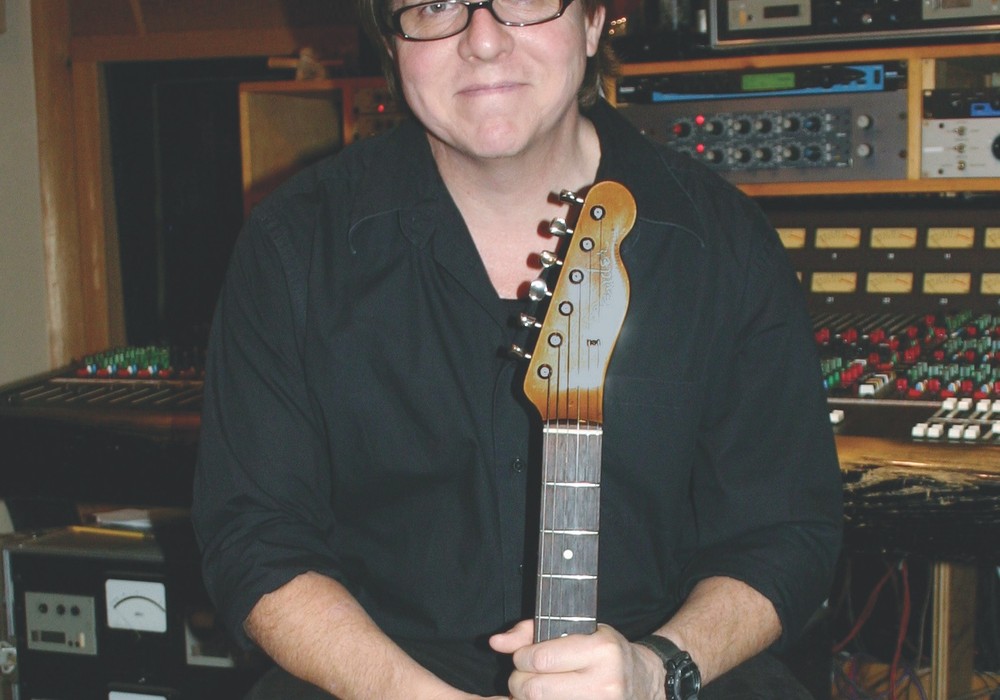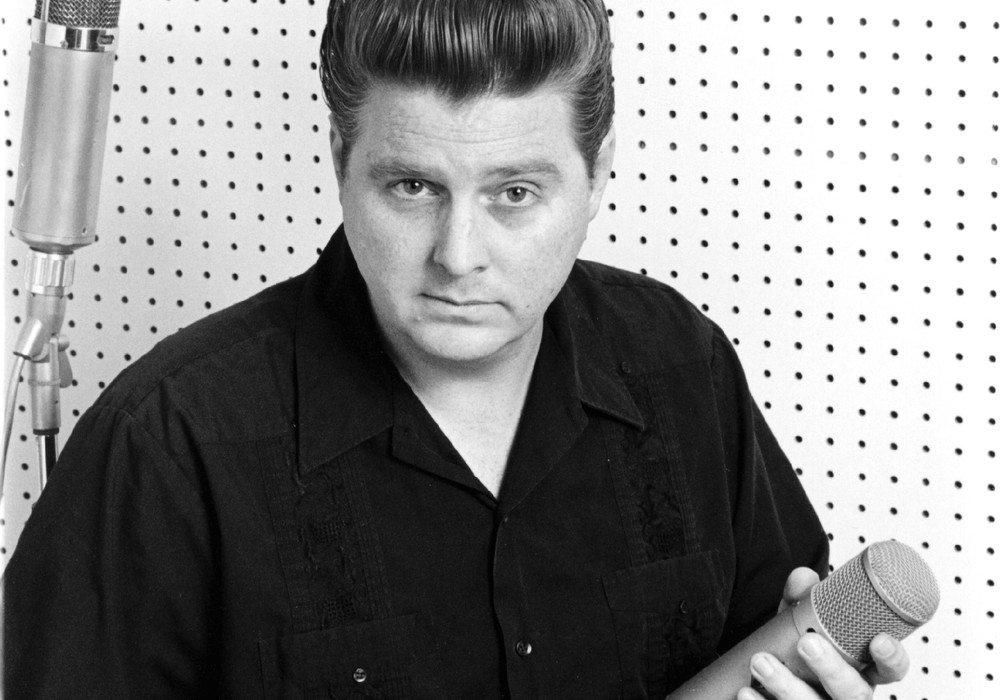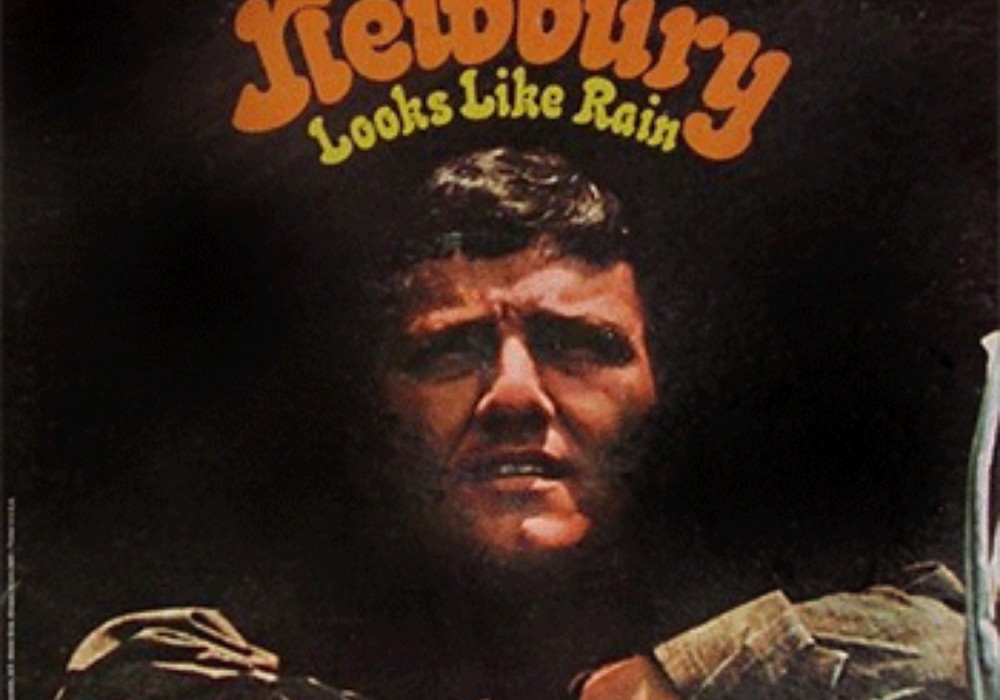I saw XTC live on November 23, 1980, at the Masonic Temple Auditorium, Detroit, MI, USA opening for The Police. The only problem with the show was that I had no idea who XTC was. I remember a visually jarring slide show (or was it a film?), Dave Gregory walking over to play keyboards once or twice, and two rabid fans begging us for our front row seats just to see the opener (the seats weren't ours to give but we let them have them anyway).This was my first concert. My folks had dropped us off and had dinner downtown while we endured and basked in the raw rock experience that was the Police in those days. My dad asked how the opener was and I said, "They were alright." Twelve months later, thanks to a late night, Sunday only, new music program called "Radios In Motion" airing on the legendary WWWW radio station out of Detroit, I had become a huge fan of XTC.A couple years after that, I was lamenting that XTC had stopped touring when I realized that I had seen my heroes live and didn't even know it! This is where I'd cash in my time travel tokens in a second.
All that aside, I've remained a fan all these years, bought everything I could, scrounged a few bootlegs, and evangelized their greatness to all who would listen (why do we force our likes on other people?). Like many fans, I was very excited when AppleVenus was released in February 1999. Despite several years of record company battles and personal crisis they had delivered another outstanding album. But I surely can't be trusted to be objective. Now, in May 2000, they've released their follow up (really volume two) to Apple Venus, Wasp Star. Where Apple Venus was orchestral and sweet, Wasp Star is guitar driven and compelling.
With parts of both albums being partially recorded at their home studio, I thought it'd be interesting to hear about their process.
So the new record was done at home?
It was actually done in our own studio. Volume 1 was done in a mixture of all sorts of places. It was done in kind of a converted stable that Haydn Bendall had, then we did some in Abbey Road and finished it off in Colin's living room. And this one... I think that we realized that recording in Colin's living room had great results. You know, as long as you have nice quality gear you can just about work anywhere. So having decided that, it was just a case of, "Well, look at that big double garage out there that you don't use. It's just full of junk. And look at the room next to it that you just store coal in. Why don't we get converting." So this is the first album that we've recorded in our own studio, which was Colin's double garage.
That's great. What kind of gear do I think we've got over a lot of problems like that you have in there?
We have a Radar.
A Radar? [laughs]
Do you know Radar?
No, I don't.
Oh, you don't know Radar. Well, it's hard disk recording. 24-track [by Otari].
Oh, okay. I thought you were making a joke.
[laughs] So we can detect people coming up the drive there.
Well, you were saying earlier about recording at Colin's house and being afraid someone would come in the front door.
I think we've got over a lot of problems like that now because it's kind of a dedicated studio space. It's not actually his house. Before he had to give over the front half of his house and we had a mixing desk and some bits and pieces in one room and a mic stand in another room or in his hallway. But this time we had a dedicated space to do it in. It's a great luxury. It's better than throwing a thousand pounds a day at somebody else's studio.
And you can work in your jammies.
Exactly. You can sit there in your slippers picking your nose. It's a luxury not to have a clock on the wall that's going, "100 pounds, 200 pounds, 300 pounds, 400 pounds."
It seems like the record is a simpler record. I knew you were recording at home so I was thinking we might have another The Big Express on our hands, as far as a lot of stuff in the production.
No, we wanted to make a more stripped sort of record.
So there's a lot of single guitar rather than two-part guitar stuff.
What happens is people say, "Oh, that's nice stereo guitar." But, actually, a lot of the tracks where you think there is one guitar, it's an electric guitar with a microphone on the solid body, so you have just the sound of the strings coming out. Then you take a DI and treat that and that becomes the other channel, so you have a wide, schizophrenic sound. In one channel you have this very thin, ultra-present sound which you can't get down pick-ups, and that becomes, say, the left channel, for example. And over on the right channel you have a kind of fuzzy, deep, electrified sound which is the DI part of it treated. Then you blend them together and you can sort of put your head inside a four-dimensional guitar sound.
Did you have any trouble with time alignment on that thing?
No, because it's all happening as is. The DI is pretty instantaneous. By the time it comes down the mic it's the same time it takes to come down the DI. So I don't think we were changing phase or anything like that.
You guys recorded guitars like that first with the song "Beating of Hearts."
Yeah, that's right. That was also weird tuning on that one. That was every string tuned to the note of E. But yeah, we mess around with guitars a little bit.
There's a really great variety of guitar tones on this record and I was wondering if you have a bevy of amps at your disposal or...
No, I'm afraid it's a bevy of...
